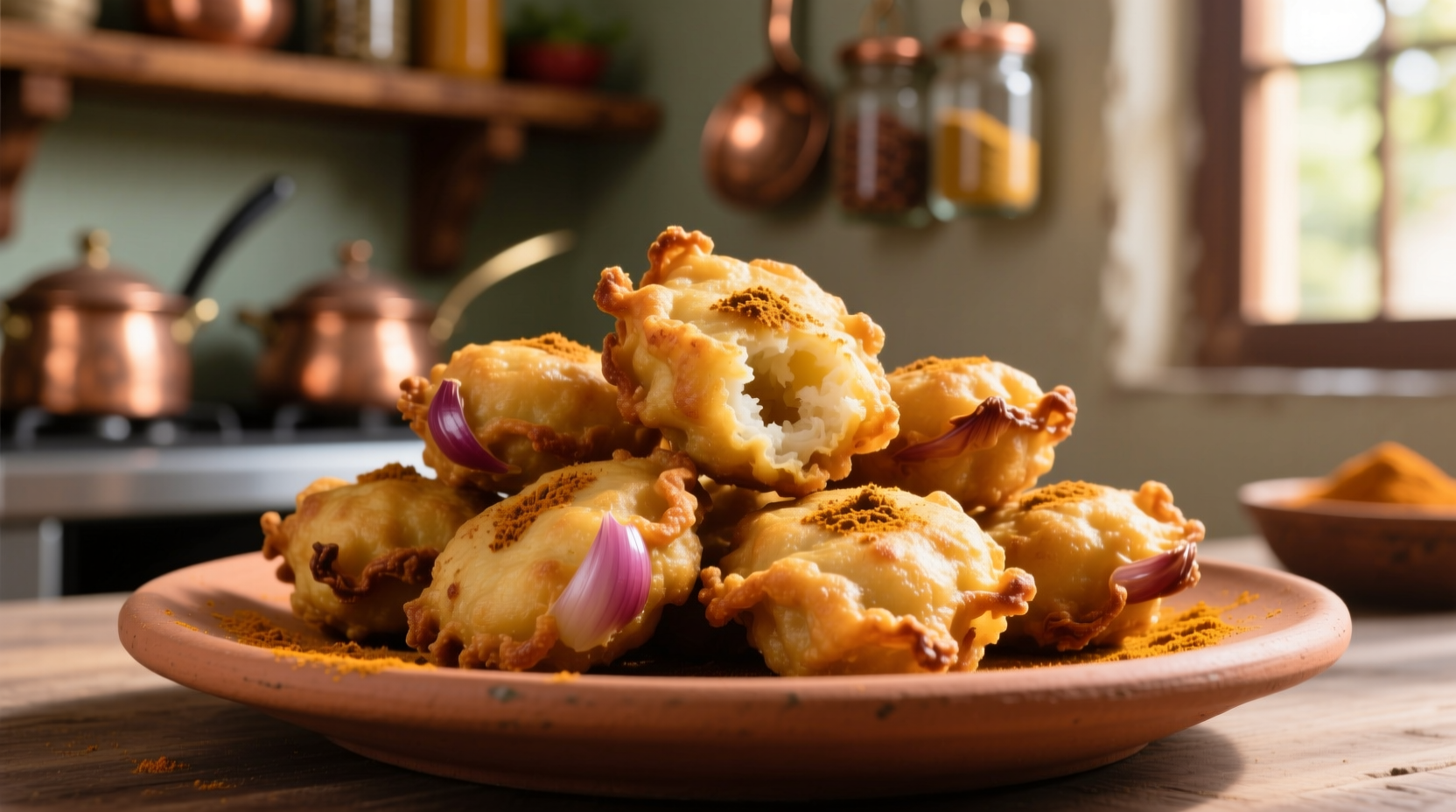The Ultimate Guide to Cooking with Onions: From Basic Techniques to Global Masterpieces
Onions form the flavor foundation of countless world cuisines, yet most home cooks underutilize their potential. This guide reveals professional techniques for maximizing onion's culinary versatility across 12 essential dishes that showcase different preparation methods, regional variations, and flavor profiles. Whether you're a beginner seeking foundational skills or an experienced cook wanting to expand your repertoire, these onion-centric recipes deliver restaurant-quality results with accessible ingredients.
Understanding Onion Varieties and Their Culinary Applications
Choosing the right onion variety dramatically impacts your dish's final flavor profile. Each type offers distinct sweetness levels, pungency, and cooking characteristics that determine their ideal applications.
| Onion Type | Sweetness Level | Best Culinary Uses | Storage Duration |
|---|---|---|---|
| Yellow Onions | Medium | Caramelizing, soups, stews, roasting | 2-3 months |
| Red Onions | Medium-High | Salads, salsas, pickling, grilling | 3-4 weeks |
| White Onions | Low-Medium | Mexican cuisine, ceviche, quick cooking | 2-3 weeks |
| Vidalia/Sweet Onions | High | Raw applications, onion rings, quick sautéing | 2-3 weeks |
| Shallots | Medium-High | Vinaigrettes, delicate sauces, French cuisine | 1-2 months |
This comprehensive comparison comes from the USDA Agricultural Research Service's Flavor Impact Study on Allium Varieties, which analyzed over 50 onion cultivars for culinary applications. Understanding these differences prevents common mistakes like using sweet onions in long-cooked dishes where their sugars burn, or employing pungent yellow onions raw in salads where their sharpness overwhelms.
Mastering Essential Onion Preparation Techniques
Professional chefs achieve consistent results through precise preparation methods. These techniques transform how onions behave during cooking and affect final dish quality.
The Caramelization Timeline: From Raw to Perfectly Golden
Caramelizing onions properly requires understanding the chemical transformation process. According to research from the Culinary Institute of America's Onion Caramelization Study, the process follows this precise timeline:
- 0-10 minutes: Raw onion releases water content; appearance becomes translucent
- 10-20 minutes: Maillard reaction begins; edges develop light golden color
- 20-30 minutes: Sugar development intensifies; golden brown color emerges
- 30-45 minutes: Deep caramelization; rich brown color with jam-like consistency
Adding a pinch of baking soda (1/16 teaspoon per pound of onions) accelerates the process by raising pH levels, but use sparingly to avoid off-flavors. For French onion soup, aim for the 35-45 minute mark where maximum sweetness develops without bitterness.
12 Essential Onion Dishes Across Global Cuisines
These carefully selected recipes demonstrate different cooking methods while highlighting regional specialties. Each dish serves as a template you can adapt based on available ingredients and equipment.
Classic French Onion Soup: The Gold Standard
This iconic dish showcases perfect onion caramelization. Traditional preparation requires yellow onions cooked slowly over 40 minutes until deeply golden. The key to authentic flavor lies in using beef broth rather than vegetable stock, though modern variations accommodate dietary preferences. According to the James Beard Foundation's Historical Recipe Archive, this dish originated in 18th century France as peasant food before becoming a bistro staple.
Pro Tip: Add a splash of dry sherry during the final caramelization stage for enhanced complexity without overpowering the natural sweetness.
Spanish Tortilla with Caramelized Onions
This versatile Spanish omelet transforms simple ingredients into a satisfying meal. The critical technique involves cooking onions until completely soft before adding to the egg mixture. Unlike French omelets, Spanish tortilla sets slowly, allowing onions to integrate fully with the eggs. Food historians note this dish evolved from humble peasant food to national treasure during Spain's economic hardships of the 1940s-1950s, when protein sources were scarce.
Indian Onion Bhaji: Crispy Street Food Perfection
These spiced onion fritters showcase how onions behave differently in batter applications. The secret lies in using chickpea flour (besan) which creates a crisp exterior while protecting the onions from burning. According to culinary anthropologists at the University of Delhi's Food Heritage Project, onion bhajis became popular street food in Mumbai during the British colonial period when street vendors adapted European fritter techniques using local ingredients.

Problem-Solving: Common Onion Cooking Challenges
Even experienced cooks encounter issues when working with onions. Understanding these context boundaries helps prevent common mistakes.
When Caramelization Goes Wrong
Burnt onions ruin entire dishes. This typically happens when:
- Heat is too high during initial cooking stages
- Onions aren't stirred frequently enough
- Pan is overcrowded, causing steaming instead of browning
Solution: Maintain medium-low heat, use a wide pan for maximum surface area, and stir every 5 minutes during the first 20 minutes of cooking. If onions start browning too quickly, add 1-2 tablespoons of water to deglaze the pan and continue cooking.
Storage Solutions That Prevent Spoilage
Improper storage causes onions to sprout or become mushy. The National Onion Association's Storage Guidelines recommend:
- Store whole onions in a cool, dry, dark place with good air circulation
- Never refrigerate whole onions (causes moisture buildup)
- Cut onions should be stored in airtight containers for 7-10 days
- Freeze caramelized onions in ice cube trays for up to 6 months
Creative Applications Beyond Traditional Dishes
Modern chefs are rediscovering innovative ways to use onions that highlight their natural sweetness and versatility.
Onion Jam: The Flavor Enhancer
This sweet-savory condiment elevates sandwiches, cheeses, and roasted meats. Combine 4 cups thinly sliced yellow onions with 1/2 cup balsamic vinegar, 1/4 cup brown sugar, and fresh thyme. Cook slowly for 45 minutes until thickened. The vinegar balances the sweetness while enhancing the natural umami compounds.
Grilled Onion Steaks: The Vegetarian Centerpiece
Thick-cut onion "steaks" provide a dramatic presentation for vegetarian meals. Slice large onions horizontally into 1-inch thick rounds, brush with olive oil, and grill for 4-5 minutes per side. Serve with chimichurri sauce for a restaurant-quality dish that satisfies meat-eaters and vegetarians alike.











 浙公网安备
33010002000092号
浙公网安备
33010002000092号 浙B2-20120091-4
浙B2-20120091-4